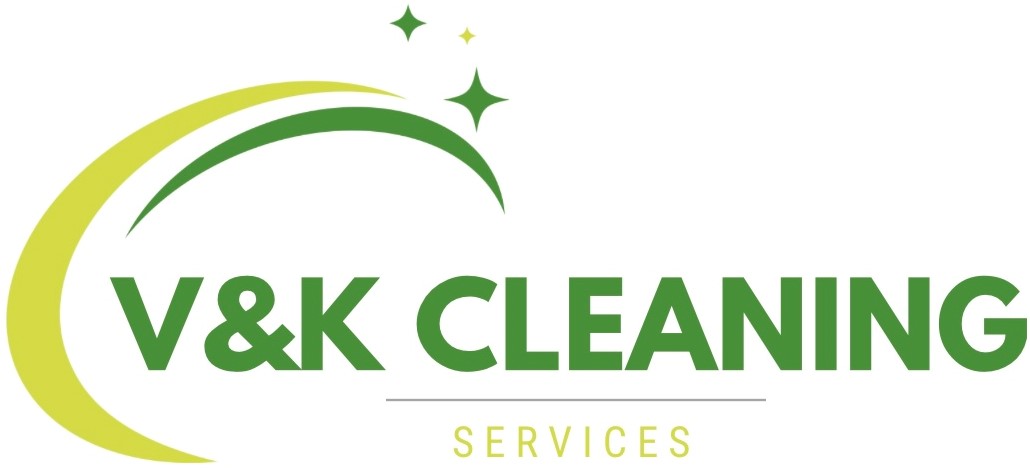
The remaining two guitars acquired in February and March are assumed to be unsold. Because the value of ending inventory is based on the most recent purchases, a jump in the cost of buying is reflected in the ending inventory how to calculate fifo rather than the cost of goods sold. In a period of inflation, the cost of ending inventory decreases under the FIFO method. The example above shows how a perpetual inventory system works when applying the FIFO method.

What Types of Companies Often Use LIFO?
The Summary of Significant Accounting Policies appears as the first or second item in the Notes section of the financial statements. First-in-first-out is less complicated than other valuation methods, and companies cannot manipulate income by choosing which unit to ship. These numbers might differ based on the chosen inventory valuation method in an increasing or decreasing price environment. Companies use the method to evaluate the cost of goods sold (COGS) and inventory value.
How does deflation affect FIFO ending inventory calculation?

When a company selects its inventory method, there are downstream repercussions that impact its net income, balance sheet, and ways it needs to track inventory. Here is a high-level summary of the pros and cons of each inventory method. All pros and cons listed below assume the company is operating in an inflationary period of rising prices. For this reason, companies must be especially mindful of the bookkeeping under the LIFO method as once early inventory is booked, it may remain on the books untouched for long periods of time.

What Is the FIFO Method?

Amanda Bellucco-Chatham is an editor, writer, and fact-checker with years of experience researching personal finance topics. Specialties include general financial https://www.bookstime.com/articles/bookkeeping-for-franchises-the-complete-guide planning, career development, lending, retirement, tax preparation, and credit. This means that you generated $1,630 of profit by selling 110 candles.
- However, if you only had 10 units of your oldest inventory in stock, you would multiply 10 units sold by the oldest inventory price, and the remaining 5 units by the price of the next oldest inventory.
- For some companies, there are benefits to using the LIFO method for inventory costing.
- The average cost inventory valuation method uses an average cost for every inventory item when calculating COGS and ending inventory value.
- To do that, we need to see the cost of the most recent purchase (i.e., 3 January), which is $4 per unit.
- Consider using FIFO based on its benefits and whether or not your business handles perishable goods, products with expiration dates, or rapid product turnover.
- Under US GAAP (Generally Accepted Accounting Principles), an accountant can use FIFO, LIFO, weighted average, and a specific identification method.
Learn more about the difference between FIFO vs LIFO inventory valuation methods. In some cases, a business may not actually sell or dispose of its oldest goods first. Throughout the grand opening month of September, the store sells 80 of these shirts.
- Last in, first out (LIFO) is another inventory costing method a company can use to value the cost of goods sold.
- If suppliers or manufacturers suddenly raise the price of raw materials or goods, a business may find significant discrepancies between their recorded vs. actual costs and profits.
- The accounting method that a company uses to determine its inventory costs can have a direct impact on its key financial statements (financials)—balance sheet, income statement, and statement of cash flows.
- We’ll also compare the FIFO and LIFO methods to help you choose the right fit for your small business.
- So, Lee decides to use the LIFO method, which means he will use the price it cost him to buy lamps in December.
- But in the U.S., businesses follow the Generally Accepted Accounting Principles (GAAP), which says you can use the LIFO method for inventory accounting.
Although the ABC Company example above is fairly straightforward, the subject of inventory and whether to use LIFO, FIFO, or average cost can be complex. Knowing how to manage inventory is a critical tool for companies, small or large; as well as a major success factor for any business that holds inventory. Managing inventory can help a company control and forecast its earnings. Conversely, not knowing how to use inventory to its advantage, can prevent a company from operating efficiently. For investors, inventory can be one of the most important items to analyze because it can provide insight into what’s happening with a company’s core business. The company made inventory purchases each month for Q1 for a total of 3,000 units.
- Both the LIFO and FIFO methods are permitted under Generally Accepted Accounting Principles (GAAP).
- Following the FIFO logic, ShipBob is able to identify shelves that contain items with an expiration date first and always ship the nearest expiring lot date first.
- Because more expensive inventory items are usually sold under LIFO, the more expensive inventory items are kept as inventory on the balance sheet under FIFO.
- The inventory balance at the end of the second day is understandably reduced by four units.
- The cost of the newer snowmobile shows a better approximation to the current market value.
First-In, First-Out Inventory Method



